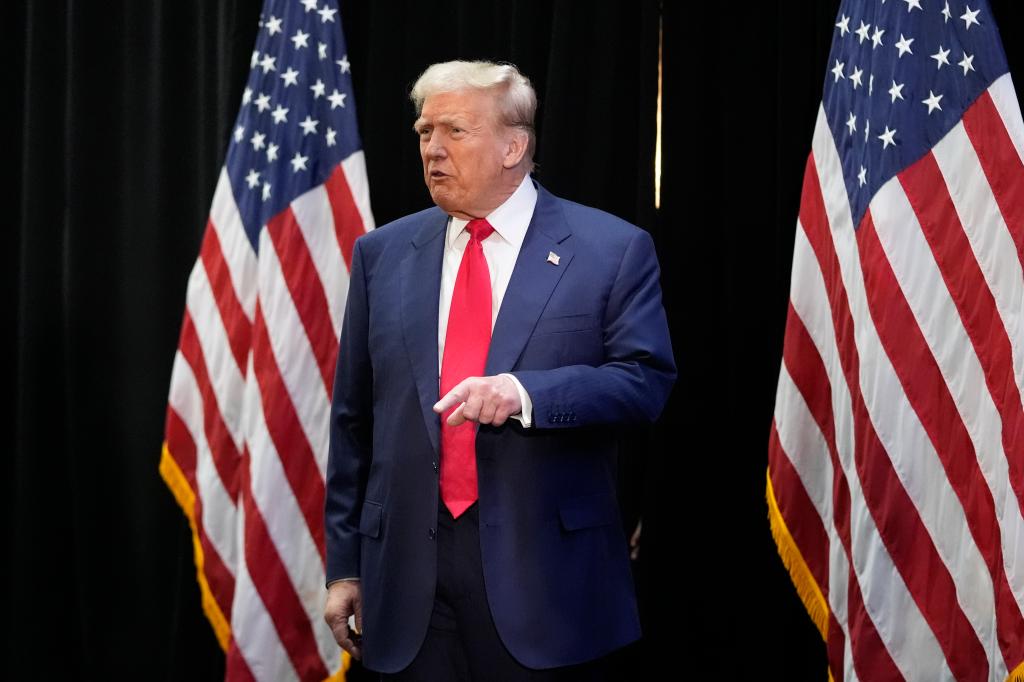Economic gains should come through merit, not be conferred by government favoritism.
Yet the governments of many of our trade partners are beholden to special interests and power brokers that raid the public treasury to their own benefit at the expense of everyone else.
China routinely violates American patents and other intellectual property, for example. Foreign countries often restrict US companies’ access to foreign markets entirely, or use tariffs and subsidies to funnel investments and jobs out of the United States.
That’s why former President Donald Trump and others have called for US tariffs as a possible remedy.
But tariffs can be wielded both destructively and constructively, and using them is a fine art.
When recklessly and arbitrarily applied, tariffs can harm American families by imposing higher costs for household goods without creating jobs.
On the other hand, strategic tariffs can instead help break up foreign cabals and create a level global economic playing field, creating good jobs here at home.
When used properly, the threat of a new tariff from a US president is a direct attack on foreign special interests — a way to break their illegitimate hold over their governments.
The Trump administration successfully used the threat of tariffs to suppress European efforts to push carbon and digital-services taxes aimed at US industries.
His administration used similar threats to open markets in Asia to US exports. During the Trump administration’s first three years, before the COVID pandemic, US goods exports to Japan and South Korea increased by roughly 14% and 27% respectively.
But while the Trump administration aggressively used tariffs to gain negotiating leverage for better access to markets and other diplomatic and security ends, the Biden administration has abandoned half of the equation.
Instead, it has let all these impediments to trade remain, without pursuing any of the larger objectives that Trump was trying to achieve by issuing them in the first place.
What President Biden has left us with are higher barriers to trade and none of the benefits.
Tariffs and international tax policy can also be used to remove imbalances in the global tax system that for decades have stifled our economy and helped to neuter American industry.
Most of the industrialized world taxes domestic consumption. This means that countries tend to tax products consumed domestically — whether produced there or imported — and tend to not tax products made domestically that are then exported abroad.
The American tax system, on the other hand, taxes production, not consumption.
The imbalance means that exported American products face a double layer of taxation — once under US business taxes, and a second time under foreign consumption taxes.
This double tax layer hinders US industrial development and puts our workers at a disadvantage. It also means that imports into the United States tend to not face much taxation.
In effect, our tax system favors foreign production over American production — and then double-taxes our exported products.
It’s “America Last” for workers and business owners alike.
A tariff-like tax, known in federal policy circles as a border-adjustment tax, could help solve this problem. This program would subject all imports to a uniform tax, and exempt all US exports from taxation.
This solution would correct the imbalance and end this decades-long imposed penalty on US domestic production.
It would also raise significant federal revenue: A 10% adjustment, for example, would take in roughly $1 trillion over 10 years.
These new revenues would be enough to powerfully cut other taxes, allowing, for example, full and immediate business deductions for research and development work, and for investments in new physical capital such as factories.
That’s a roadmap for a careful and productive tariff policy — one that can be used as a tool to negotiate even-handed trade deals, to remove current penalties on domestic production and to gain revenues that can be applied to pro-growth tax cuts.
Mastering the art of tariff policy with a tariff-like border-adjustment tax could be one of the strongest tools at the next president’s disposal to bolster our economy, unleash American industry and allow American families to flourish.
Richard Stern is director of the Grover M. Hermann Center for the Federal Budget at The Heritage Foundation. Andrew Hale is the Jay Van Andel Senior Policy Analyst in Trade Policy in Heritage’s Thomas A. Roe Institute for Economic Policy Studies.
